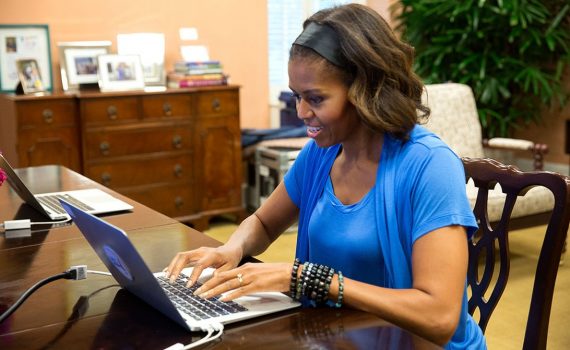
How Digital Platforms Shape Modern Storytelling Communities
-
Posted in : Movie genres:
- On : Sep 20, 2025
Storytelling is one of humanity’s oldest art forms, a thread that weaves together generations and cultures. From the first tales shared around a campfire to the era of printed novels, the format has constantly evolved. Today, we are witnessing perhaps the most transformative shift yet. Digital platforms have not only given us new ways to consume stories, but they have also redefined the very foundation of what a story can be and, most importantly, who gets to tell it. What I find fascinating is how these platforms function as ecosystems where narratives are no longer static products, but living, evolving organisms shaped and reshaped by a global community.
The Shift from Spectator to Co-Creator
The most profound change brought by digital platforms is the transformation of the audience from passive consumers to active participants. This participatory culture is especially evident in the realm of ‘remix culture,’ where existing material becomes the building blocks for new works. Fan fiction, where enthusiasts write their own stories based on established universes, is a classic example that has exploded in the digital age. This creative freedom, however, introduces complex challenges. Creators must navigate a legal gray area where copyright laws often clash with the community’s internal norms for sharing and reuse. As detailed in extensive research, the social rules within these online spaces, such as unwritten laws about attribution and respect for source material, often carry more weight than formal legislation. This delicate balance between law, platform policies, and community standards is a core dynamic of digital storytelling, a subject explored in depth by studies on copyright terms in online creative communities. This creative freedom is powered by an unprecedented wave of accessible technology that places powerful tools in the hands of millions.
A Universe of Tools at Your Fingertips
Fueling this creative explosion is the unprecedented access to powerful storytelling tools that are democratizing the entire creative process. This accessibility works on multiple levels, empowering both individual storytellers and massive, globally-sourced projects.
Empowering the Individual Creator
No longer is sophisticated software or programming knowledge a prerequisite for creating compelling narratives. Platforms like Twine and Texture Writer allow anyone to create intricate interactive fiction, while drag-and-drop website builders make it simple to publish and share stories online. This has lowered the barrier to entry, allowing a more diverse range of voices to emerge and experiment with non-linear narratives and interactive experiences, a trend well-documented in digital humanities research at institutions like NYU.
Orchestrating Global Collaboration
This democratization also enables massive collaborative projects that were once unimaginable. A prime example is ‘Star Wars Uncut,’ a fan film that recreated ‘A New Hope’ from 473 fifteen-second segments submitted by different contributors. This kind of large-scale coordination requires more than just public forums. As projects grow in complexity, many successful collaborative efforts rely on powerful tools, and for a streamlined workflow, it’s beneficial to use an award-winning intranet platform like Omnia that provides structured internal systems, ensuring hundreds of contributors can work toward a unified goal. This highlights how the digital toolbox contains everything from simple apps for the lone enthusiast to sophisticated systems for organizing a global creative community.

Stories That Build Bridges and Change Worlds
Beyond entertainment, digital storytelling has become a potent force for social change and cultural preservation. It provides a platform for marginalized voices to be heard and for communities to share their unique experiences with a global audience. For example, indigenous groups like the Cherokee Nation have used digital storytelling to preserve their language, challenge stereotypes, and reinforce cultural continuity. This potential is also being harnessed to tackle contemporary issues. An initiative like the ‘De-Escalation Room’ at Columbia University uses immersive storytelling to model how to de-escalate online conflicts, turning narrative into a tool for building empathy and understanding. As outlined in comprehensive guides, this method empowers groups by putting the power of media directly into their hands, allowing personal, lived experiences to take center stage. You can learn more about how to use digital storytelling effectively to amplify underrepresented voices and foster community.
The Living Story Narratives That Never End
We are moving beyond an era where a story was a finished product delivered from an author to a reader. Today, a story is often a starting point, a seed planted in a digital ecosystem where it can grow, branch, and evolve in ways its original creator could never have foreseen. This evolution challenges our traditional notions of authorship and ownership. The ongoing tension between the formal laws that protect intellectual property and the informal norms that drive creativity is a hallmark of this transformation. This dynamic is a central theme in research on copyright law and online creative work. The future of storytelling likely lies not in resolving this conflict, but in embracing it as a creative engine. As the line between creator and audience continues to blur, we are not just creating new stories; we are building new forms of collective consciousness, where every voice, every remix, and every comment becomes part of a single, ongoing, global conversation.
